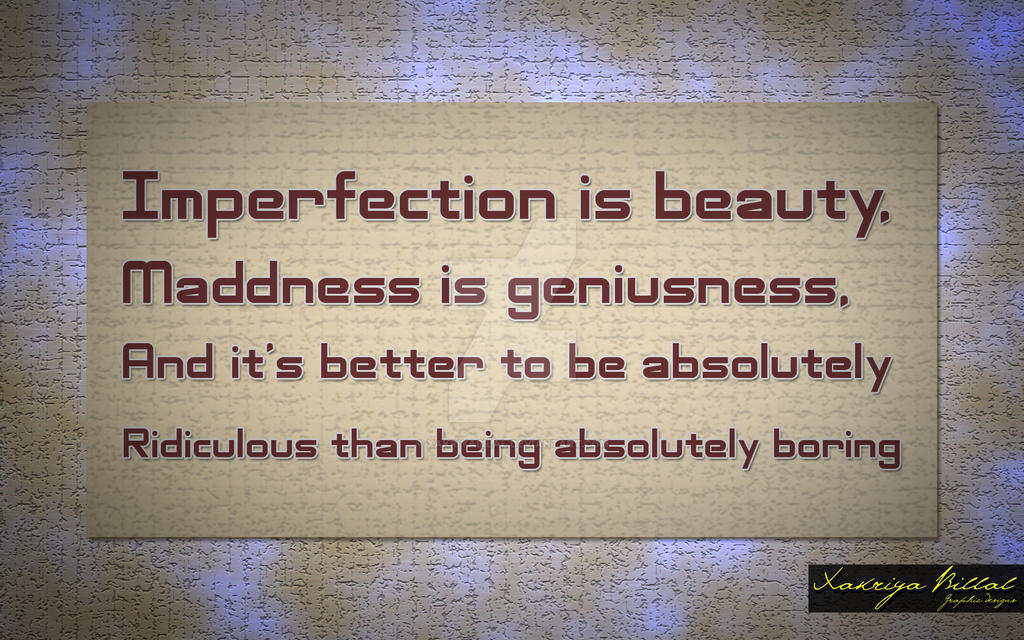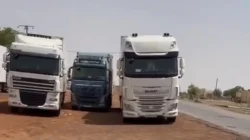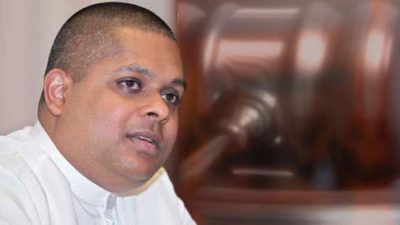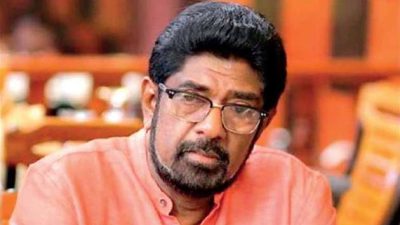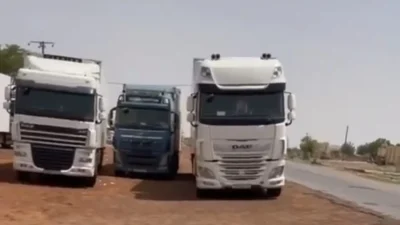When Varagun “Andy” Chongthanapipat, better known as Mr. Kreme, designed the character Mushkin for production as an art toy, he discovered that the final version looked different from his original design. Surprisingly, that distorted edition of Mushkin sold out. That made Varagun question if collectors prefer the distorted edition or the original?
With this question in mind, Varagun created the solo exhibition “The Bootleg Show: An Exploration Of Originals And Alterations”, to examine the issue.
“Due to limited time, the finished Mushkin was launched without design approval. I later discovered that the design was changed during the 3D art toy making process. Then, the design altered again due to limitations encountered during the manufacturing production. I understand that the final product will usually never come out like the original idea, but the distorted Mushkin was 30% different from the original design and yet it sold out,” said Varagun.
In “The Bootleg Show”, Varagun invited viewers to become co-creators. Viewers were encouraged to draw Mushkin from their memory. He then reimagined and transformed the visitors’ drawings into artwork of various forms such as paintings, sculptures and video installations. As a result, the line between original and distortion began to blend opening a dialogue between intention and unexpected change.
“Before this exhibition, I would create the design and other people would produce the artwork and art toys based on my design. In ‘The Bootleg Show’, viewers were the ones who drew the artwork. I used clay to model their drawings. After that, I used a dryer to blow the clay until it became an artistic distortion. I used clay because it was the very first material that I used to create my art toys,” said Varagun.
“The exhibition presents viewers perceptions’ of Mushkin. Some viewers drew every feature totally different from the original. It showed that viewers looked at the overall picture instead of focusing on details. One viewer drew Mushkin’s fangs upside down and many viewers did not draw the curve of Mushkin’s mouth like I did.
“I learned from viewers perspectives that I may be too much of a perfectionist. For me, I prefer the size of Mushkin’s mouth and eyes to follow certain standards. However, when I discussed this with other people, I found that they wanted me to be more flexible. The exhibition helped me become more open-minded and adaptable. Although I do not stick to my guidelines, it does not mean I lower my standards. I try to go beyond the boundaries.”
At the entrance of “The Bootleg Show”, there are large sculptures of the original Mushkin holding bootleg versions in its hands. The exhibition was designed to create a factory vibe.
“The first room is white and displays a large version of the original Mushkin in a package. In another room, there are several toys hanging, but nobody can tell which ones are the original or bootleg. I tried to produce stuffed Mushkin dolls many times, but there were difficulties. I had to correct the dolls about 10 times, but they still did not look like the original design. A production staff asked me which part of the dolls did not look like the original. However, I found every part was totally different. It is an irony that the staff created bootleg dolls from the original design,” he said.
A video clip in an 80s aesthetic style presents an additional layer of irony, portraying original Mushkins as toy factory staff attempting, but failing, to successfully manufacture themselves.
Varagun, a Thai-Hong Kong artist, earned his Master’s degree from the School of Design – Industrial Design at Pratt Institute in New York, where he fused design principles with artistic expression. Through collaborations with global brands, his work has gained attention and his paintings have been exhibited globally.
He was inspired to create art toys by I Am Plastic, a book about designer toys. He created his first character Rosado with resin material and posted photos to the art toy community on Facebook. Due to its unique mix of being a monster with vibrant colours, Rosado received positive feedback from collectors which led to his participation in Art Toy Thailand. His design was discovered by Hell Toy 1979, a company in Taiwan, and he signed a contract. Though he is now an independent artist, his connection helps him market art toys in many countries such as Taiwan, Hong Kong, Singapore, the UK and the US.
“I feel lucky because there were external factors such as right timing and collector’s appreciation, which artists cannot control. When I started creating art toys, I did not have high expectations, but I was passionate to create them. Since I have come this far, I continue to try to improve the quality of my products and push myself forward, so it is not just about luck.”
Varagun defines his style as pop surrealism.
“My work was inspired by monsters in the 80s which features vibrant colours and fur. Although I was not born in the 80s, I watched 80s animations and movies from DVDs that my relatives in Hong Kong sent me. Many people may think monsters from the 80s look scary, but I think they are cute, which makes them unique. The 80s monsters inspired me to create my first character, Rosado,” he said.
“When I was asked about my style, I searched online and discovered what I am interested in is categorised as pop surrealism. Pop surrealism is also called lowbrow art because it involves low culture, street culture, horror and B movies in the 80s and motorcycle customisation.”
After Rosado, Varagun created monsters such as Mushkin, Corkin and Gally and he called this monster family Kooky World.
The first wave of Thailand’s art toys hit in the late 1990s and the wave returned a few years ago. As the market seems to have reached its saturation point and may decline soon, what should artists do to stay afloat until the next wave?
“Artists have to keep working on what they have passion for until the next trend. If the art toy trend returns, any artist who stays will be the first choice of collectors,” said Varagun.
At “The Bootleg Show”, Varagun challenged himself with different processes and mediums.
“I created a large sculpture, moulded the viewers’ Mushkin drawings into clay and painted from those instead of using my imagination like before. These are mediums that I had never used before.
“I did not expect much. I am happy to express myself and feel better with my designs. The final room allows viewers to draw their own Mushkin and I was happy to see viewers drawing their feedback instead of comments.”
Provided by SyndiGate Media Inc. (
Syndigate.info
).

